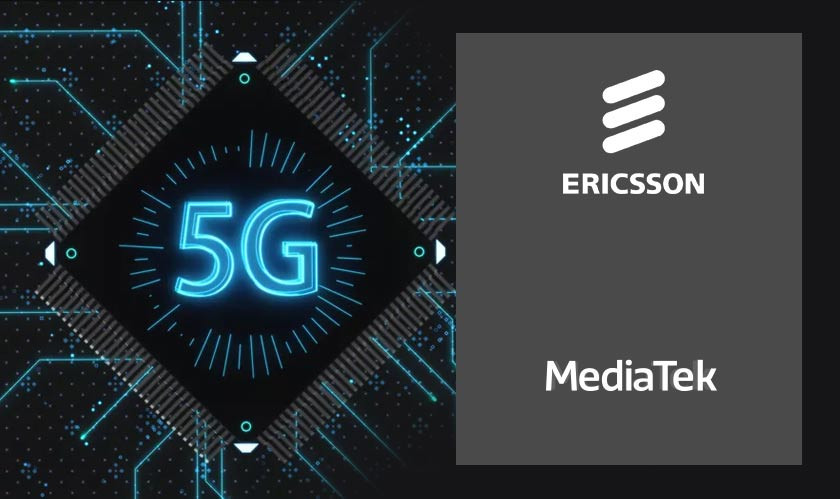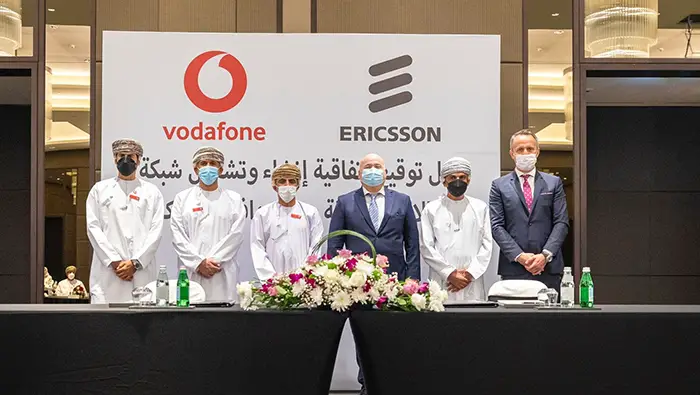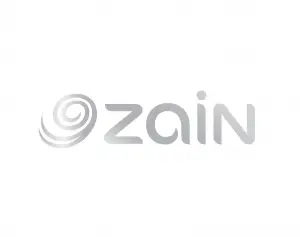
Ericsson and MediaTek used millimeter wave (mmWave) to execute four-component carrier (4CC) uplink aggregation, which resulted in a peak throughput rate of 495 Mbps – 425 Mbps in New Radio (NR) + 70 Mbps in LTE. In June, a device with a MediaTek M80 5G chipset was used to demonstrate pre-commercial software. The Ericsson RAN Compute baseband 6648 was employed in the lab test, along with the AIR 5331 millimeter-wave radio.
The test was the first of its kind, focusing on uplink carrier aggregation. It demonstrated how this technology can assist communications service providers in providing better data rates and capacity for uplink applications like user-initiated streaming (AR/VR) and content creation. When it comes to video conferencing on phones, for example, fast uplink performance implies the user or subscriber won’t have to worry about poor signals. As you may have noticed most networks focus on download speed. And with the covid-19 pandemic, most networks have to rush to improve the uplink speed for video conferencing for work/study from home became the new norm.
Upload speed dictates how quickly data is sent from the computer or handheld device to the internet. This includes uploading files, such as photos and videos to social media or collaborative worksites. Upload speeds are also crucial to the image and sound quality of video conferencing. Strong uplink means less or even none of those frozen screens, or broken audio, when using apps like Skype or Microsoft Teams. Similarly, faster uplink improves voice over internet protocol (VoIP) calls and the online gaming experience.
“We continue to build on our previous successes, breaking our own record in upload speed. With a peak rate of close to 500 Mbps, we’ve demonstrated in this latest milestone with MediaTek how unprecedented data speeds can be delivered in uplink using mmWave and carrier aggregation. This means our customers can enhance their 5G offerings with higher uplink data rates, vastly improving user experience” says Hannes Ekström, Head of Product Line 5G RAN at Ericsson.
“This world’s first demonstration of an industry-leading mmWave uplink technology in partnership with Ericsson shows MediaTek is again establishing 5G milestones and pushing the envelope of its capabilities. 5G mmWave connectivity helps boost network coverage and capacity, faster performance, and introduces more diverse use cases” says JS Pan, General Manager of Wireless Communication System and Partnership at MediaTek.
More Tech details :
Ericsson and MediaTek integrated four-component carrier, each of 100 MHz, in the uplink using non-standalone architecture (aggregating 8x100MHz in the downlink and 4×100 MHz in the uplink). The integration carried out in a lab setting resulted in a throughput of 495 Mbps (425 Mbps in 5G plus 70 Mbps in 4G), doubling the current uplink speed on the market.
The test was done using the 39 GHz spectrum of NR (400 MHz) and combining it with a single carrier of LTE 1900 MHz spectrum (20 MHz). The whole bandwidth was then aggregated using the LTE and NR links, realizing a total throughput of close to 500 Mbps.

